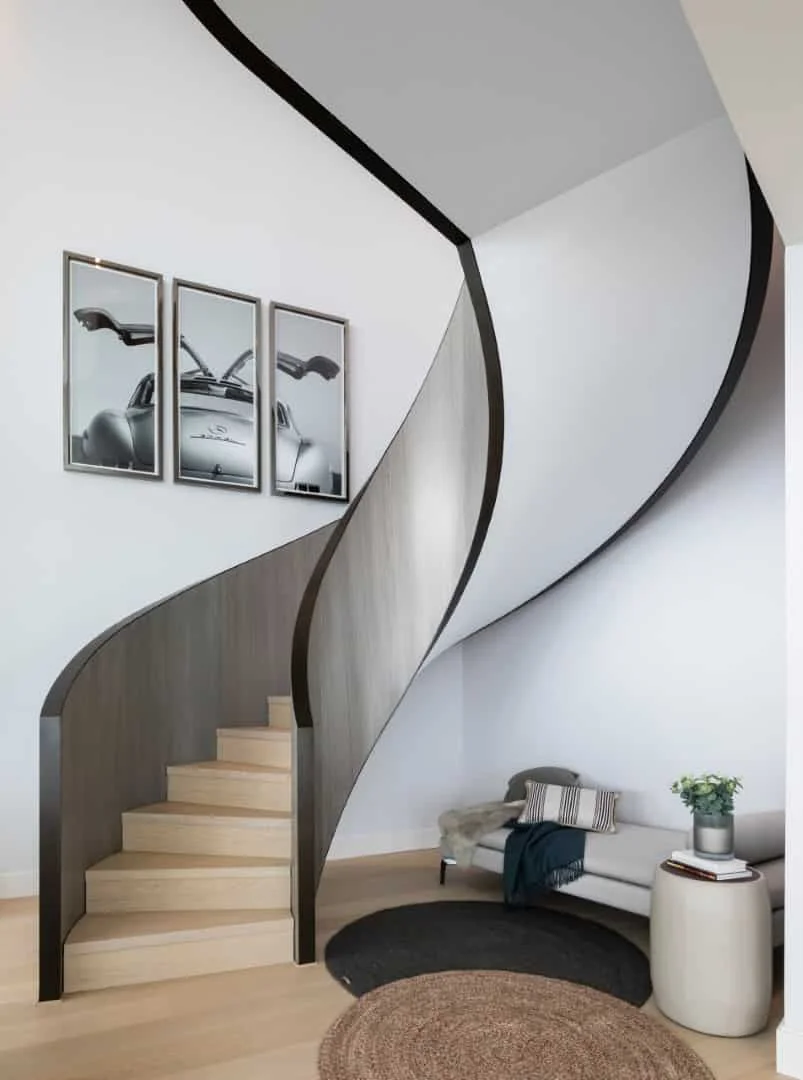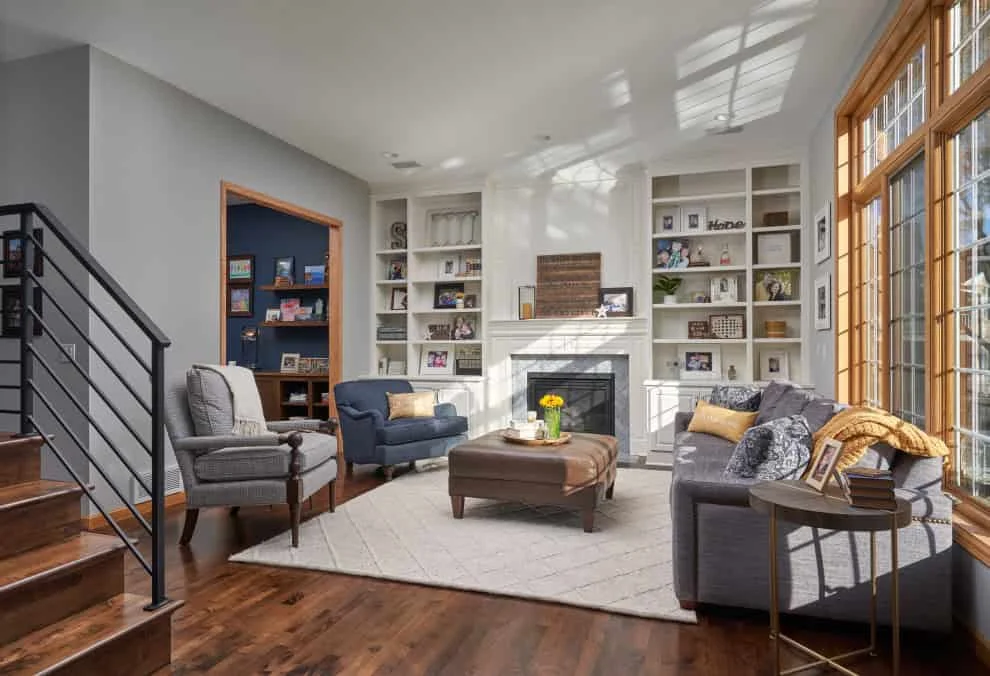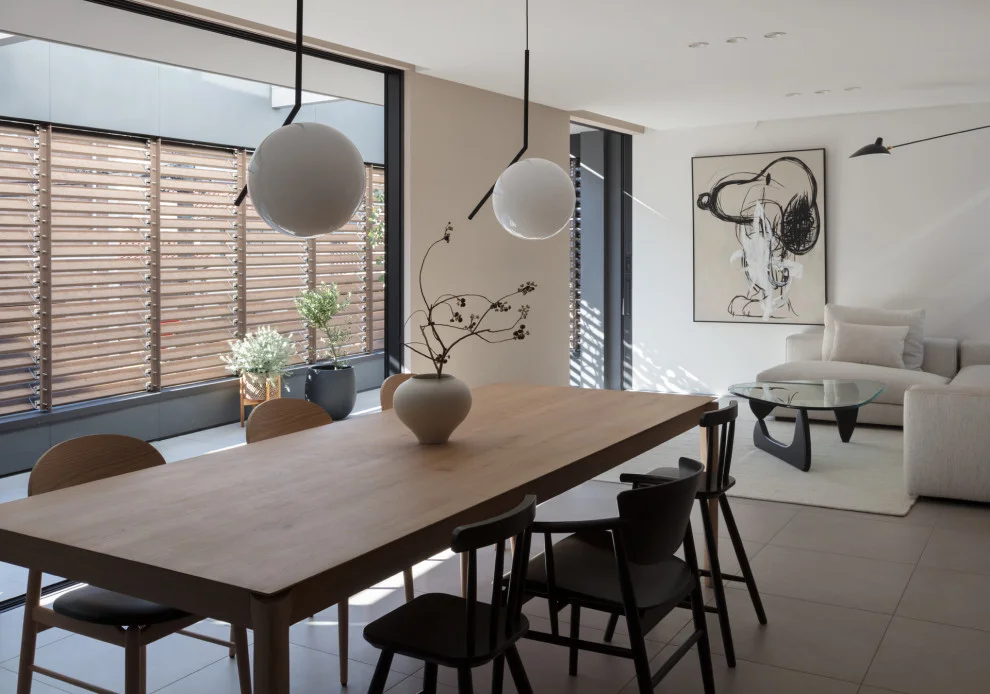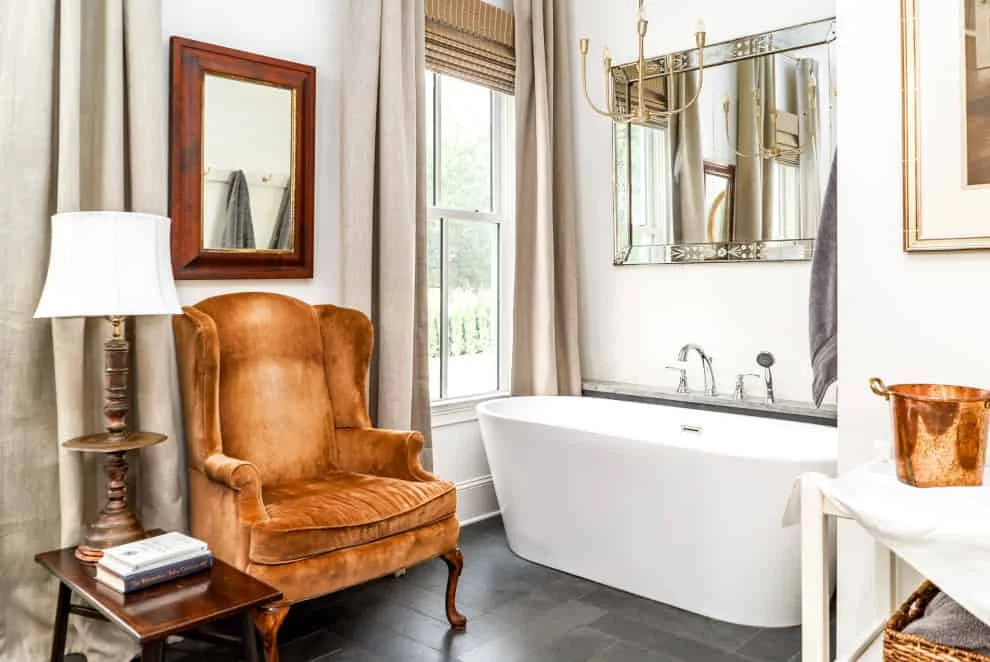There can be your advertisement
300x150
3 Tips for Designing Wall Elements
Adding elements to walls is a great way to give your home individuality and express your personal style. Think of walls as a blank canvas to showcase your creative side or emphasize a minimalist room interior.
Everything that inspires you—consider decorating empty walls with colors and items reflecting your tastes and interests. Hang photos, paintings or sculptures on the walls, using them as an opportunity to silently convey part of your character that might be hidden in everyday life.
Adding elements to walls is a great way to give your home individuality and express your personal style. Think of walls as a blank canvas to showcase your creative side or emphasize a minimalist room interior.

Everything that inspires you—consider decorating empty walls with colors and items reflecting your tastes and interests. Hang photos, paintings or sculptures on the walls, using them as an opportunity to silently convey part of your character that might be hidden in everyday life.
In this article, we'll explore several useful design tips to help you decorate empty walls.
Large Artworks
A large decorative element can become a dramatic focal point in the room. Large paintings or framed prints work well for living rooms with high ceilings and lots of furniture. Place a large wall artwork above the sofa to add color, interest and aesthetic appeal to your room. A large piece of art can tie together other items in the room such as a sofa, lamps and other paintings, creating a cohesive space.
Wall art is one of the most important aspects of interior design. To maintain balance in a room, it's essential to consider both the available wall space and the size of the artwork before hanging it.
As a helpful tip, your artwork should occupy two-thirds to three-quarters of the available wall space. Measure the height and width of your wall, multiply those dimensions by 0.6 and 0.75 respectively to get an idea of the necessary space for your artwork. Remember to account for the frame if you're considering a framed piece.
Accent Wall
Create an effect by adding an extra layer to your room using an accent color.
According to the classic decorating rule of 60/30/10, 60% of a room should be the primary color, 30% secondary and 10% accent. Enhance your room's main and secondary color scheme through an accent wall that contains shades similar to the interior but different in tone or hue, adding depth and emphasis to its aesthetic.
Use a bright paint color for an accent wall or add wallpaper, fabric or even textured wallpapers to achieve your goal.
Lighting
Add an artistic element to the walls through lighting and lamp selection. Elegant curved floor lamps, wall sconces or sculptural fixtures can serve a dual function by turning empty walls into stylish focal points, whether they are lit or not. Empty walls provide a backdrop to highlight the form and silhouette of a fixture, drawing attention to the negative space around it.
Experiment with these three design tips to enhance your interior and transform empty walls into something beautiful.
More articles:
 20 Modern Staircase Projects That Blur the Boundaries Between Form and Function
20 Modern Staircase Projects That Blur the Boundaries Between Form and Function 20 Spooky DIY Halloween Decorations That Will Give You Goosebumps
20 Spooky DIY Halloween Decorations That Will Give You Goosebumps 20 Simple and Impressive Independence Day Decoration Ideas for Any Space
20 Simple and Impressive Independence Day Decoration Ideas for Any Space 20 Elegant Traditional Living Room Designs for Classic Calm
20 Elegant Traditional Living Room Designs for Classic Calm 20 Elegant Modern Staircase Designs That Simply Amaze
20 Elegant Modern Staircase Designs That Simply Amaze 20 Elegant Modern Dining Room Interiors That Simply Amaze
20 Elegant Modern Dining Room Interiors That Simply Amaze 20 Exceptional Eclectic Bathrooms You Must See
20 Exceptional Eclectic Bathrooms You Must See 20 Exceptional Scandinavian Living Room Design Solutions You Will Love
20 Exceptional Scandinavian Living Room Design Solutions You Will Love